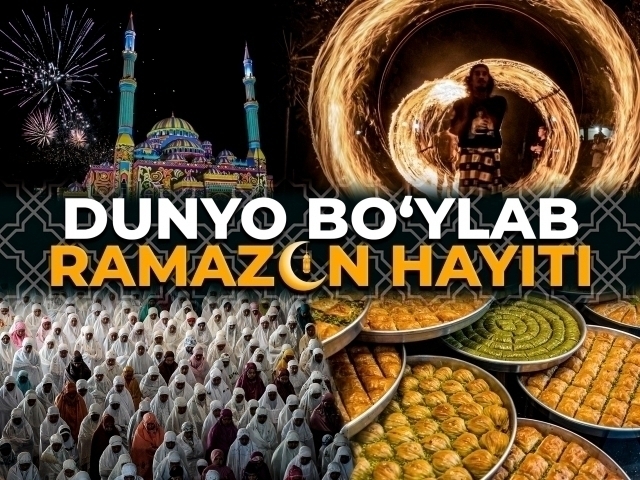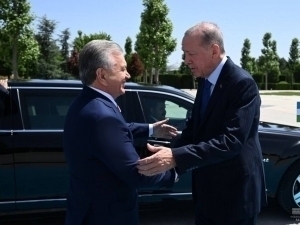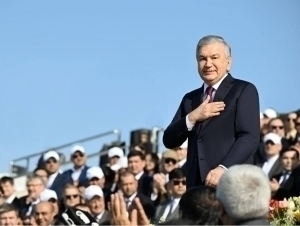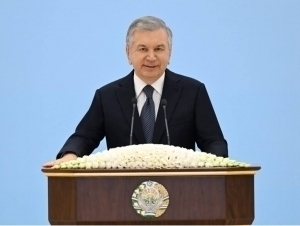How do Muslims around the world celebrate Eid al-Fitr?
Interesting
−
29 March 6731 4 minutes
As the Islamic holy month of Ramadan draws to a close, Muslims around the world prepare to celebrate Eid al-Fitr with congregational prayers and festive meals. It has been announced that March 30, 2025, will be observed as Eid al-Fitr in Uzbekistan. In the country, the holiday is marked by family visits and communal prayers. But how do Muslims around the world celebrate Eid al-Fitr? This article explores how different countries and cultures observe the holiday.
United Arab Emirates
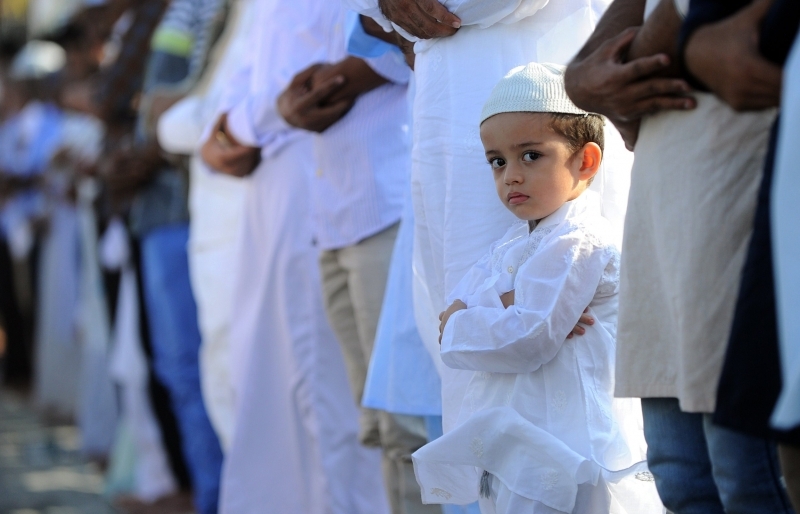
In the UAE, Eid al-Fitr is one of the most significant holidays of the year. As the fasting month ends, preparations begin with home decorations, the purchase of new clothes, and the preparation of traditional sweets. On the morning of Eid, people gather for congregational prayers. Afterward, gifts are exchanged, family meals are prepared, and communal celebrations take place, featuring cultural events, carnivals, and social gatherings.
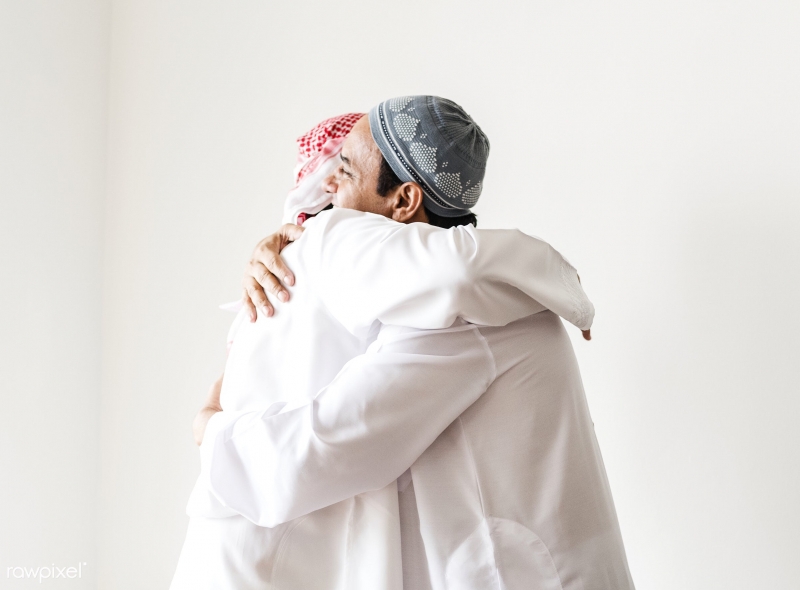
Eid in the UAE is a blend of tradition and modernity, bringing together families, friends, and the wider community. Charity plays a vital role in the celebration, with individuals encouraged to support those in need. The government and various charitable organizations distribute food, clothing, and financial assistance to ensure that everyone can partake in the holiday.
Saudi Arabia
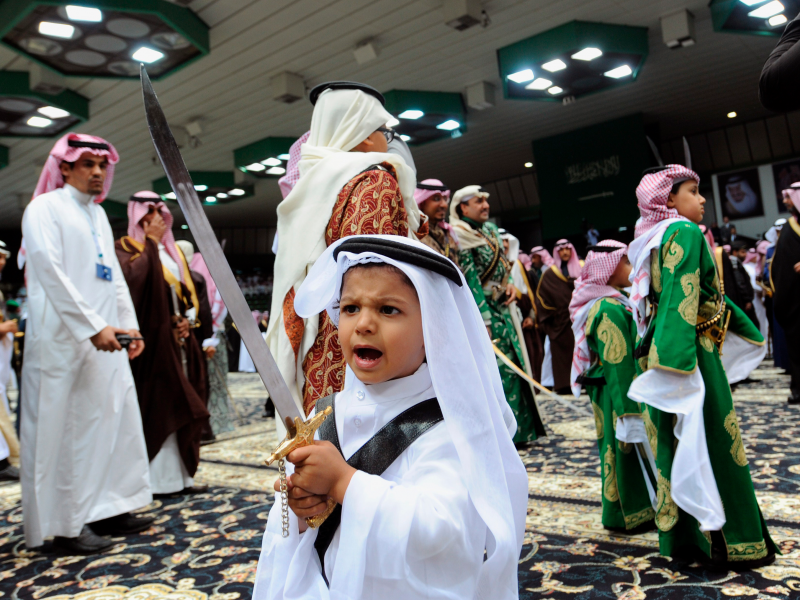
In Saudi Arabia, Eid al-Fitr begins with the sighting of the new moon. Muslims gather in mosques or open spaces to perform Eid prayers and greet each other with “Eid Mubarak.” The day is spent with family and friends, with relatives visiting one another and preparing festive meals. Saudis traditionally celebrate the holiday with cultural activities such as falconry, camel racing, and national dances.
Turkey
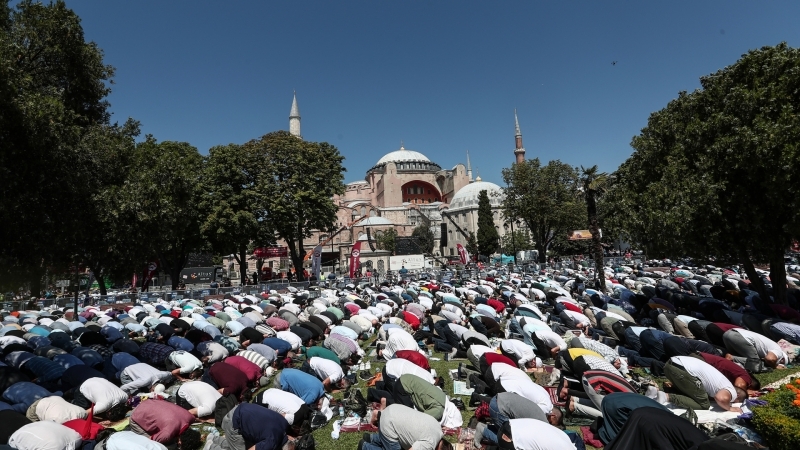
In Turkey, Eid al-Fitr is commonly known as the “Feast of Sweets” due to the significance of desserts during the celebration. The holiday begins with people wearing new clothes and visiting elders to seek their blessings. Children receive sweets and money as gifts. Traditional foods such as baklava and halva are prepared and served to guests throughout the holiday.
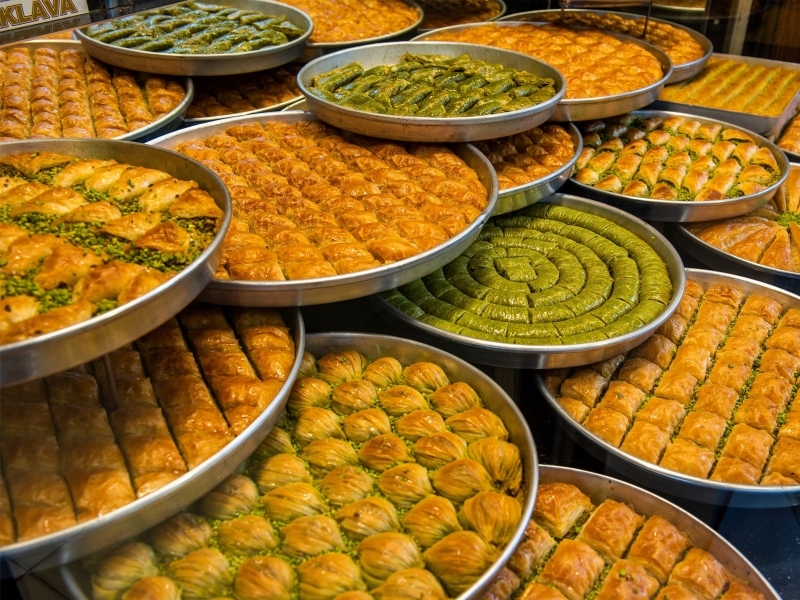
New Zealand
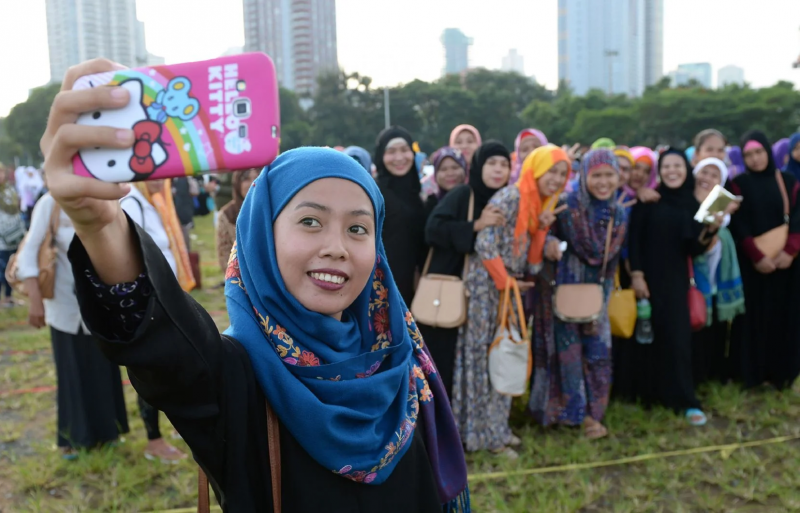
In New Zealand, Eid al-Fitr begins with morning prayers at mosques and open spaces, followed by communal meals where families exchange gifts and enjoy traditional foods. In recent years, large-scale public celebrations have gained popularity in major cities like Auckland, Wellington, and Christchurch. These events feature cultural performances, food stalls, and children’s entertainment, reflecting the country's multicultural diversity and inclusivity.
Indonesia
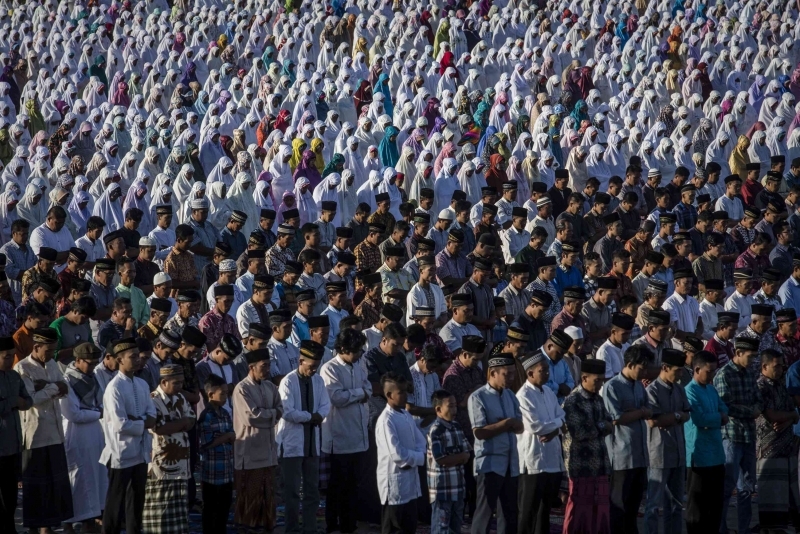
In Indonesia, the holiday begins with the call to prayer, followed by mass congregational prayers held in large squares. After prayers, people visit relatives and friends, seeking forgiveness. A key tradition is "mudik," the homecoming journey, where people return to their hometowns or villages to celebrate with family. Recognizing its importance, the government provides free transportation services to facilitate travel.
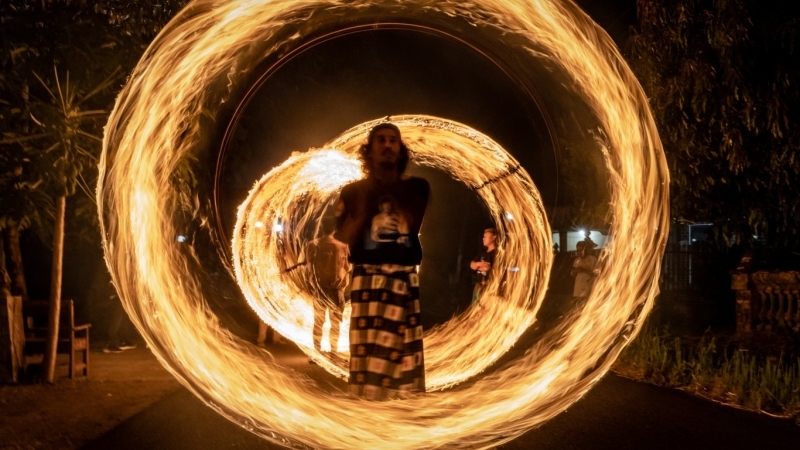
Pakistan
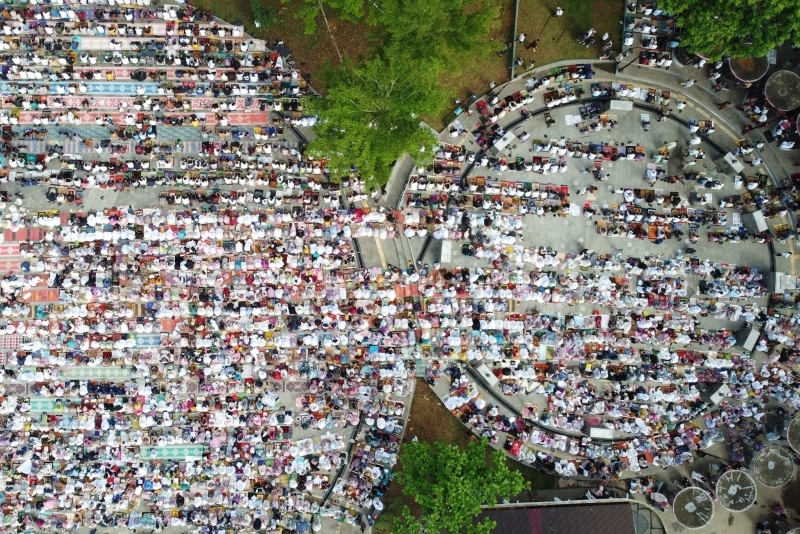
In Pakistan, the celebration starts with the sighting of the new moon. On Eid, people wear new clothes and gather for communal prayers in mosques or open spaces. The day is spent visiting relatives and friends, exchanging gifts, and enjoying traditional dishes such as biryani, kheer, and sheer khurma.
Iceland
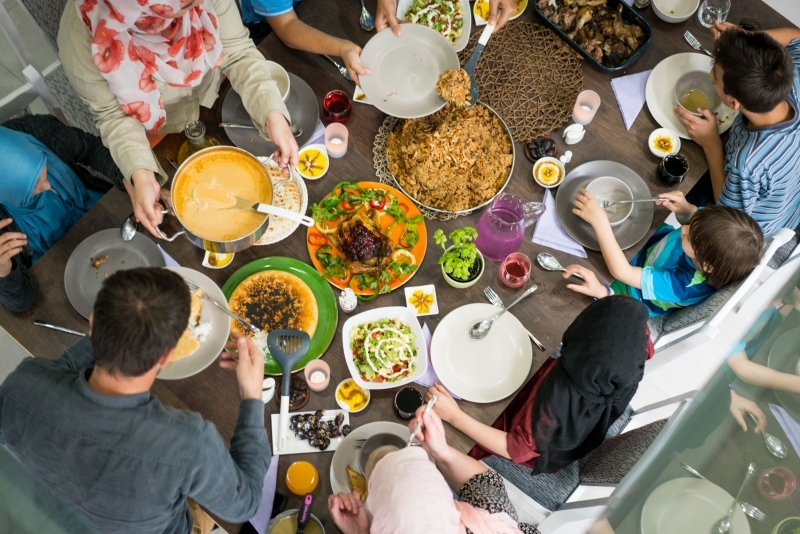
Although Muslims form a small minority in Iceland, their numbers are steadily growing. Eid is celebrated at mosques in Reykjavik, where an “international table” offers a variety of dishes. Due to Iceland’s long summer days, fasting during Ramadan can last up to 22 hours, making the Eid celebration particularly joyous. Muslims in Iceland observe the holiday by wearing their finest clothes and exchanging gifts.
Egypt
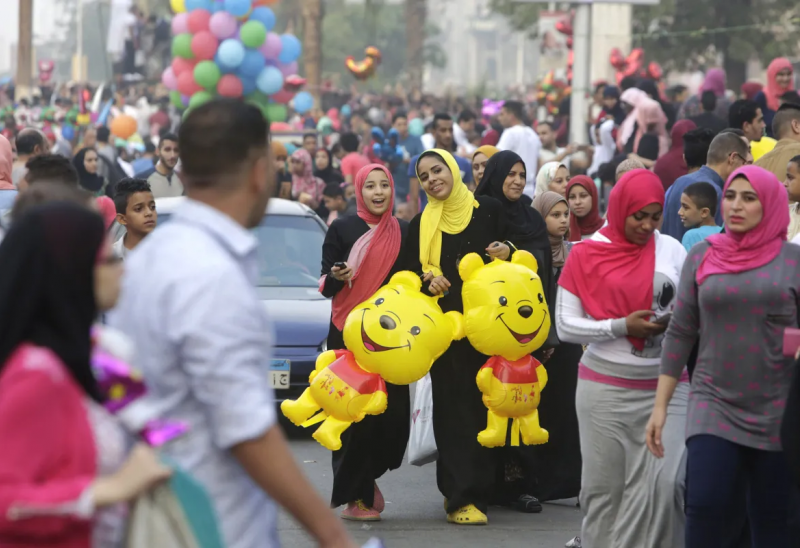
In Egypt, Eid al-Fitr is celebrated with family feasts and social gatherings. Traditional dishes such as fatta—a mix of rice, meat, and bread—and kunafa, a sweet dessert made from cheese and syrup, are prepared. It is also customary to buy new clothes and sweets for children ahead of the holiday.
United States
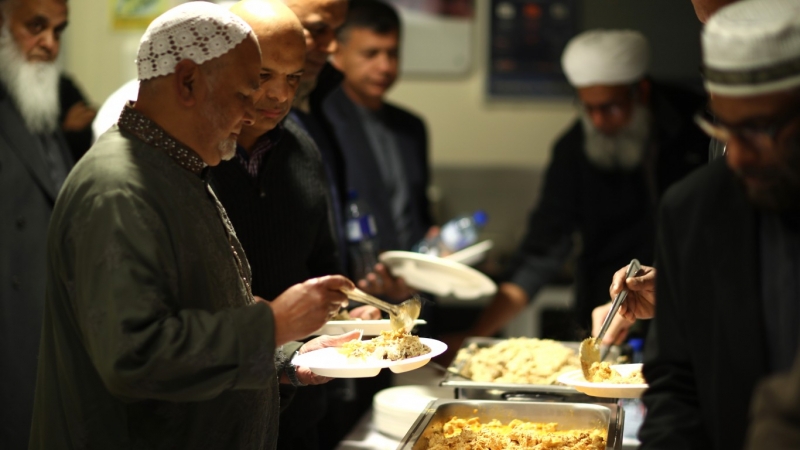
Muslims in the United States celebrate Eid al-Fitr with congregational prayers at mosques or outdoor spaces, followed by family gatherings. Many American Muslims also participate in charitable activities, supporting those in need. Eid in the U.S. is marked by a fusion of different cultures, with people wearing traditional attire, enjoying musical performances, and sharing diverse foods.
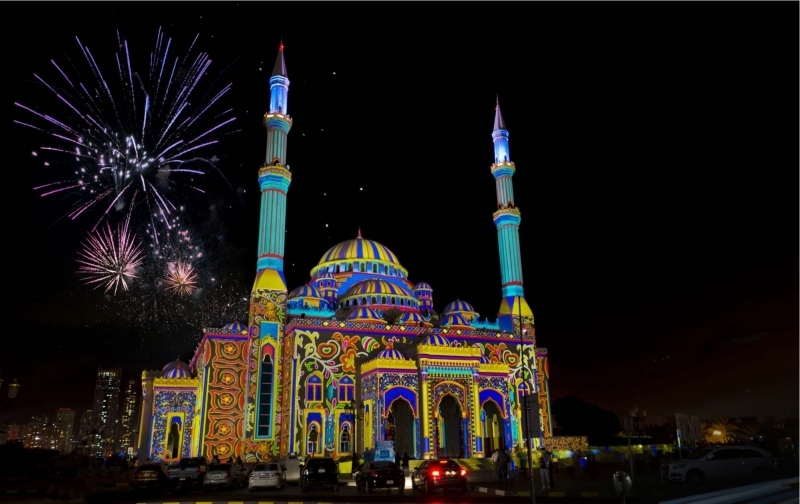
Although the core rituals and traditions of Eid al-Fitr remain the same, celebrations vary across countries and cultures. Some people prepare traditional dishes and seek forgiveness, while others buy new clothes and visit relatives. Ultimately, Eid is a time of joy, generosity, and togetherness for Muslims worldwide.
Live
All